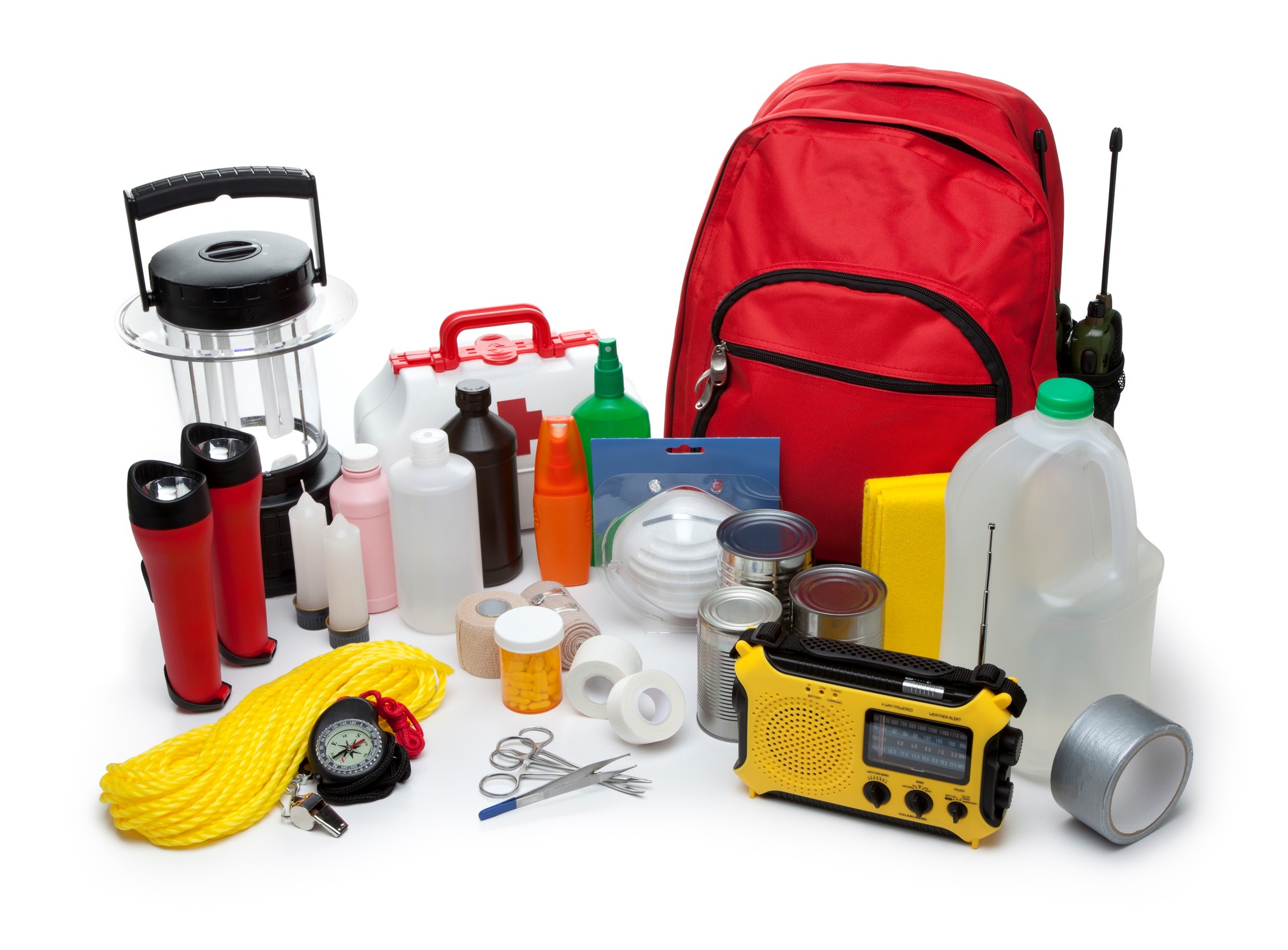While we cannot know when disaster or public health emergencies will strike, preparing for the unexpected can help you and your family deal with emergencies more efficiently and effectively. The goal of an emergency plan is not to prevent the disaster, but to reduce the impact that the disaster will have on you and your family.
Make a Plan: Many disasters can occur without warning. Between work, travel, and school, it is very likely that a disaster will happen while you are away from home. Be aware of what locations you and your family go to often and include them in you emergency plans.
Make sure all family members know and understand what to do and where to go in case of emergency. FEMA has created a toolkit to assist families in developing a Family Emergency Communication Plan.

Get a Kit: After an emergency, you may have to rely on supplies you’ve gathered until help arrives. A well stocked emergency kit means having food, water, and additional supplies to last you at least 72 hours. Your kit should reflect the needs of your household, with special consideration for dietary needs, supplies to keep medical equipment operational, prescription medications, and supplies for pets. FEMA’s Emergency Supply Checklist is a great resource to help you get started. Additional information can be found on the Food Preparedness page of Ready.gov.
You are not alone: Disasters rarely affect a single family. Others are feeling the same effects of the disaster and are just as eager to return to normal as you are. Help can come from unexpected places, and a strong sense of community will help everyone recover faster.
Someone has a plan: Even if you didn’t plan for a specific disaster, organizations such as your local health department, FEMA and the Red Cross did. Stick with your emergency plan until experienced help arrives.
Don’t panic: Staying calm and collected is the most important aspect of survival during a disaster. Calm people make good decisions, follow their plans, and can follow directions. Panicking accomplishes nothing.
Communication is key: If no one knows about your plan, it is useless during an emergency. Tell everyone about your plan and review it regularly.
Know How Danger Moves
Disasters can create a wide variety of hazards. Consider the following three location “U”s when finding a safe location away from a disaster:
- Uphill- If you are uphill from a disaster, gravity will work in your favor and pull most hazards down to lower areas
- Upwind-If you’re upwind from a disaster, airborne hazards will likely blow away from, not towards, you.
- Upstream- Liquids will always naturally flow downstream, not up.
Additional Preparedness Resources:
Preparing Your Pets for Emergencies
